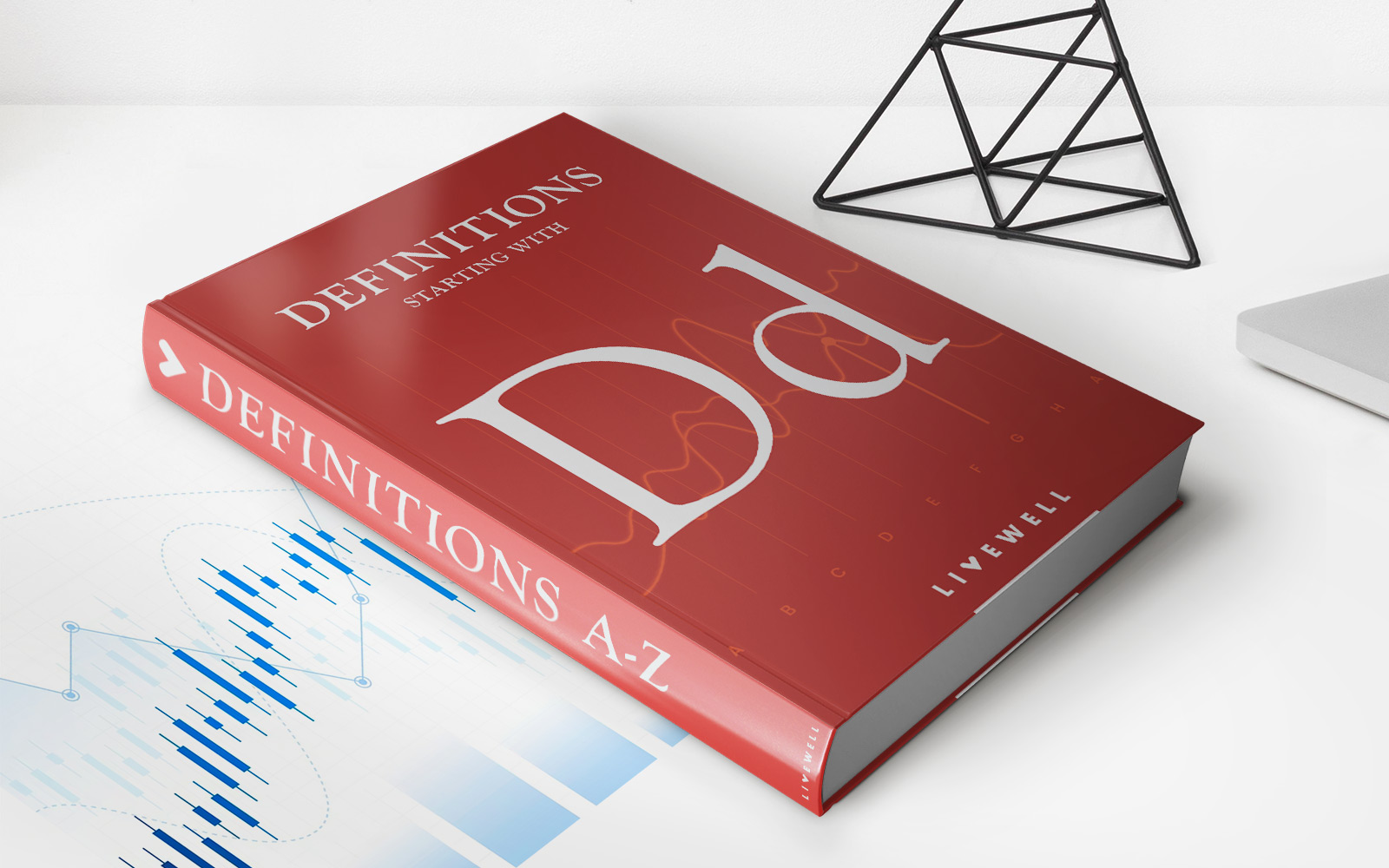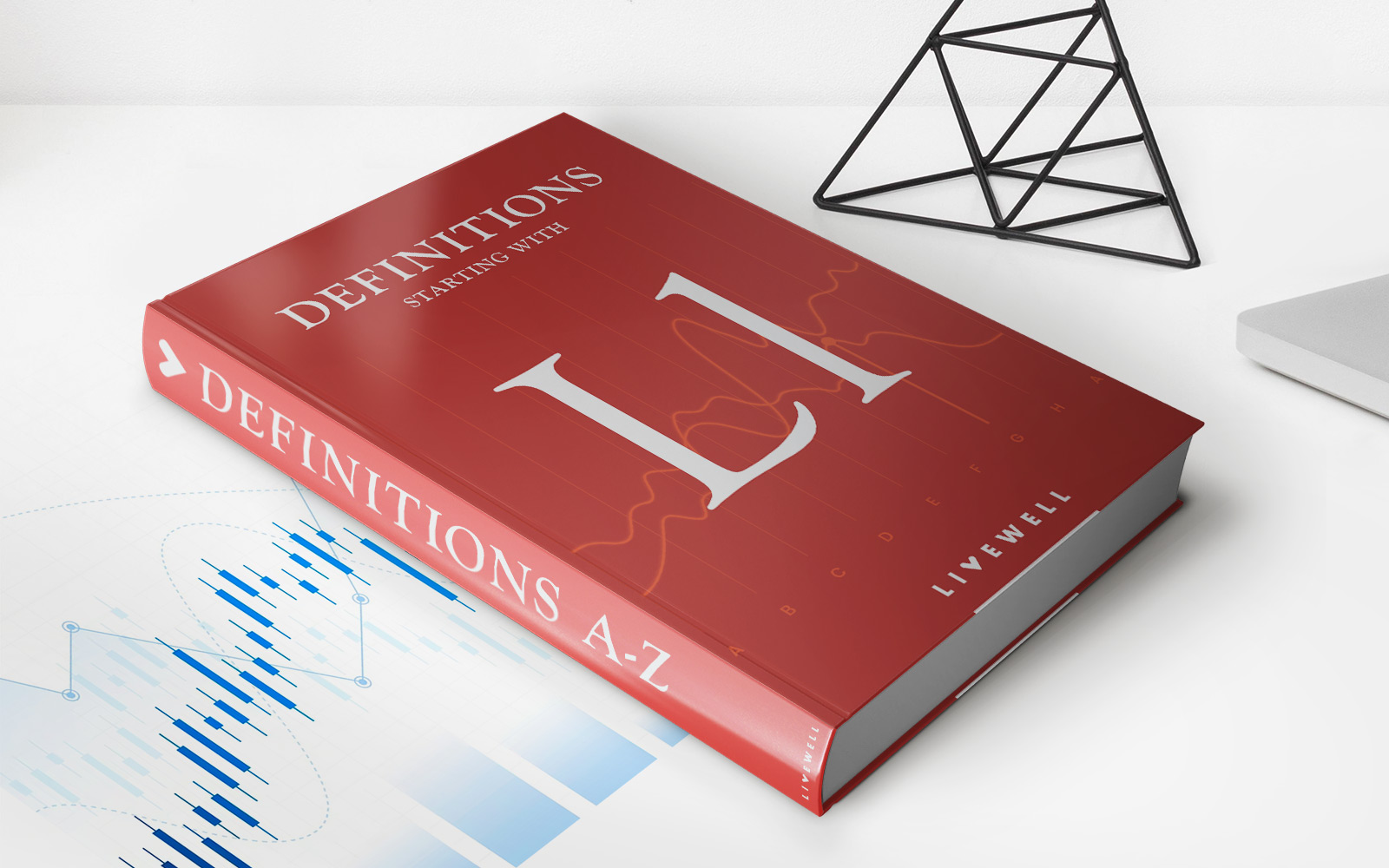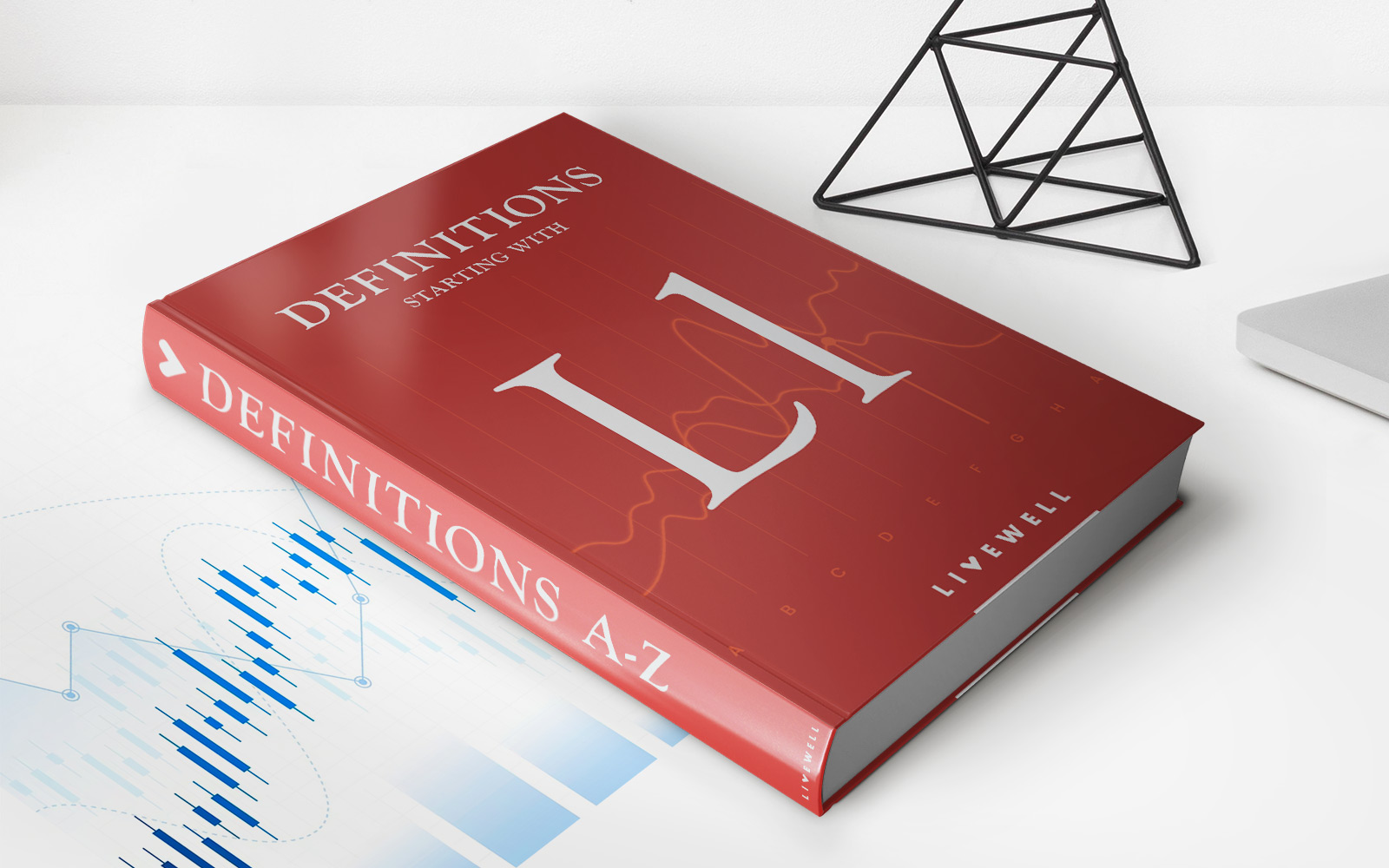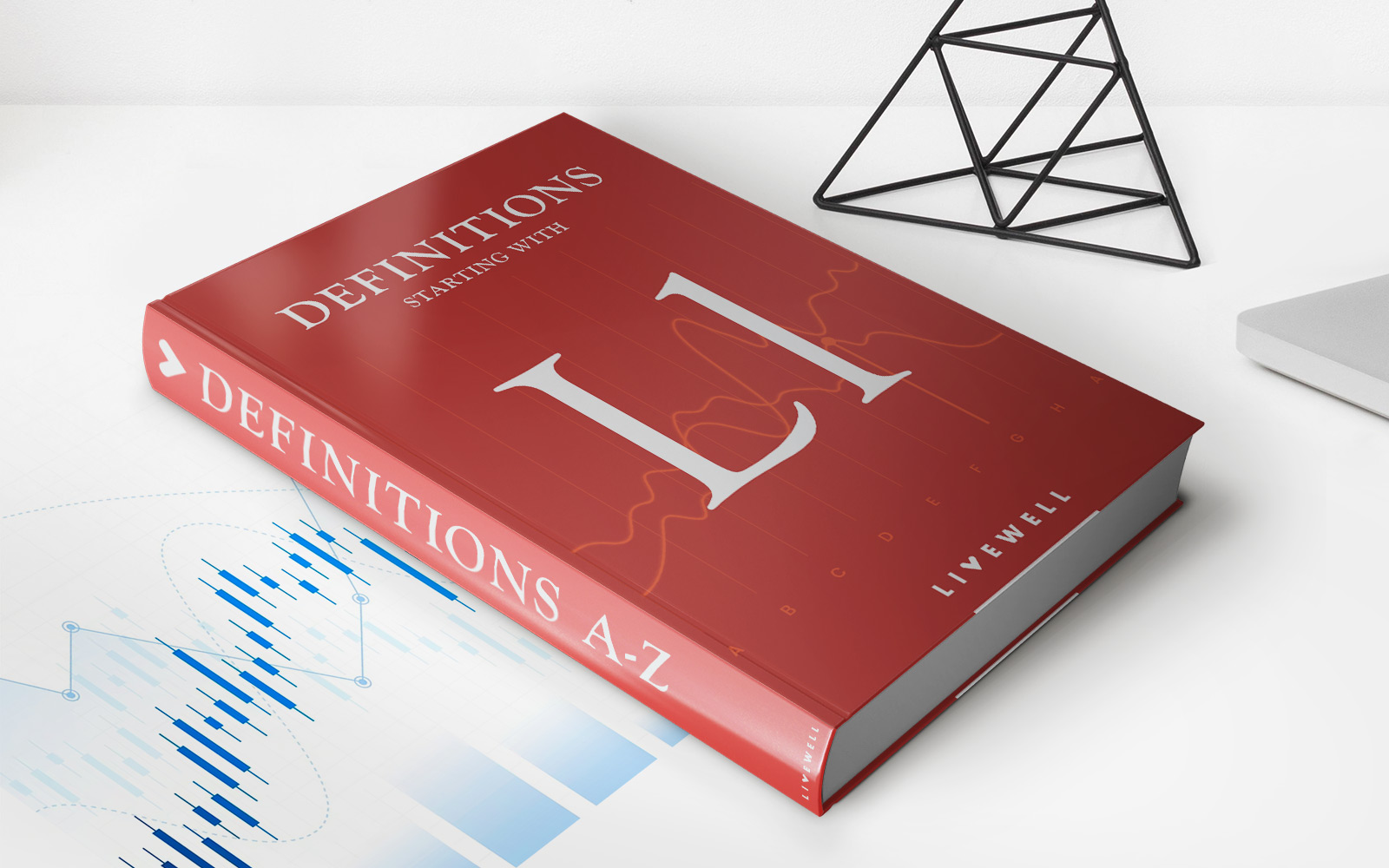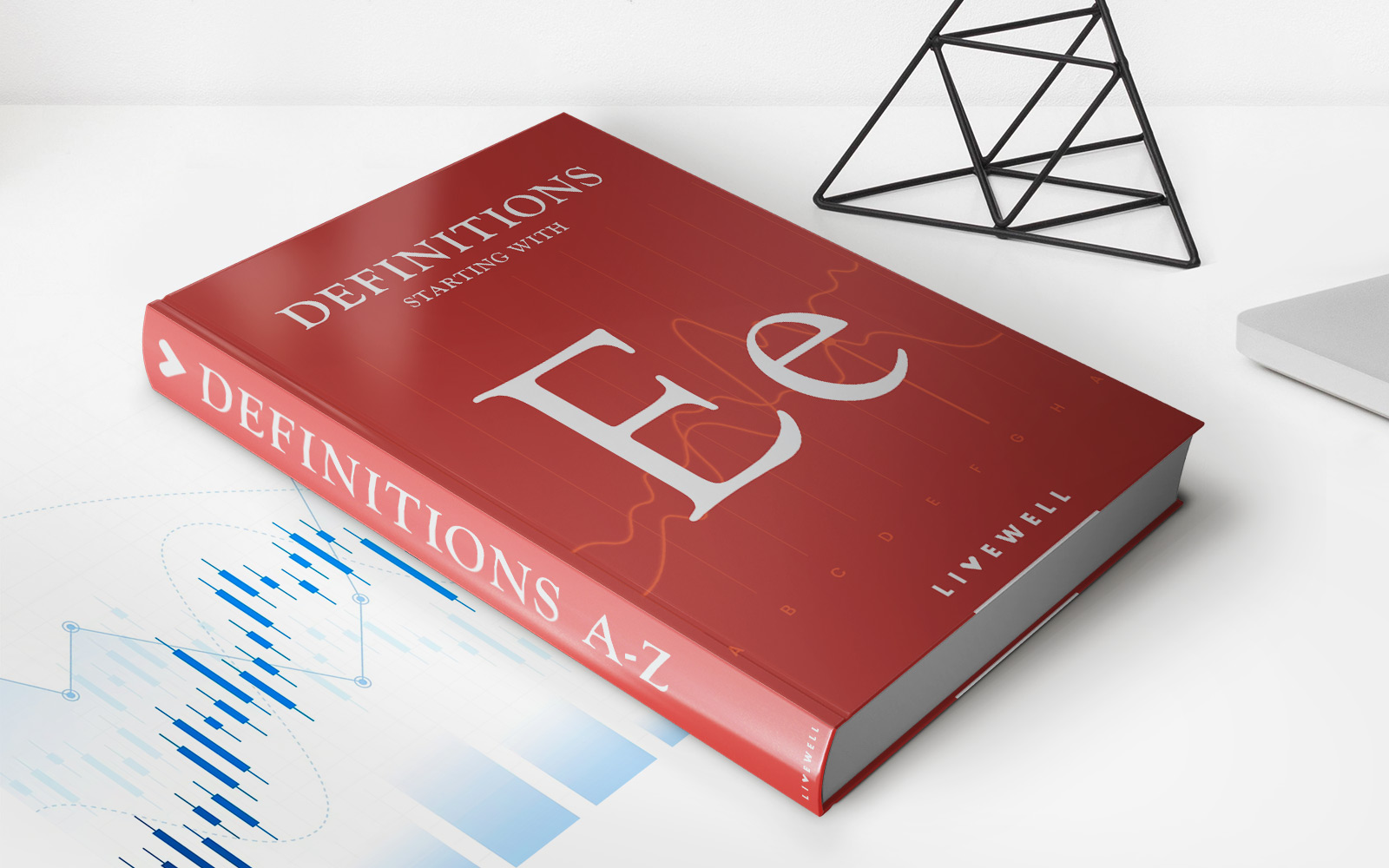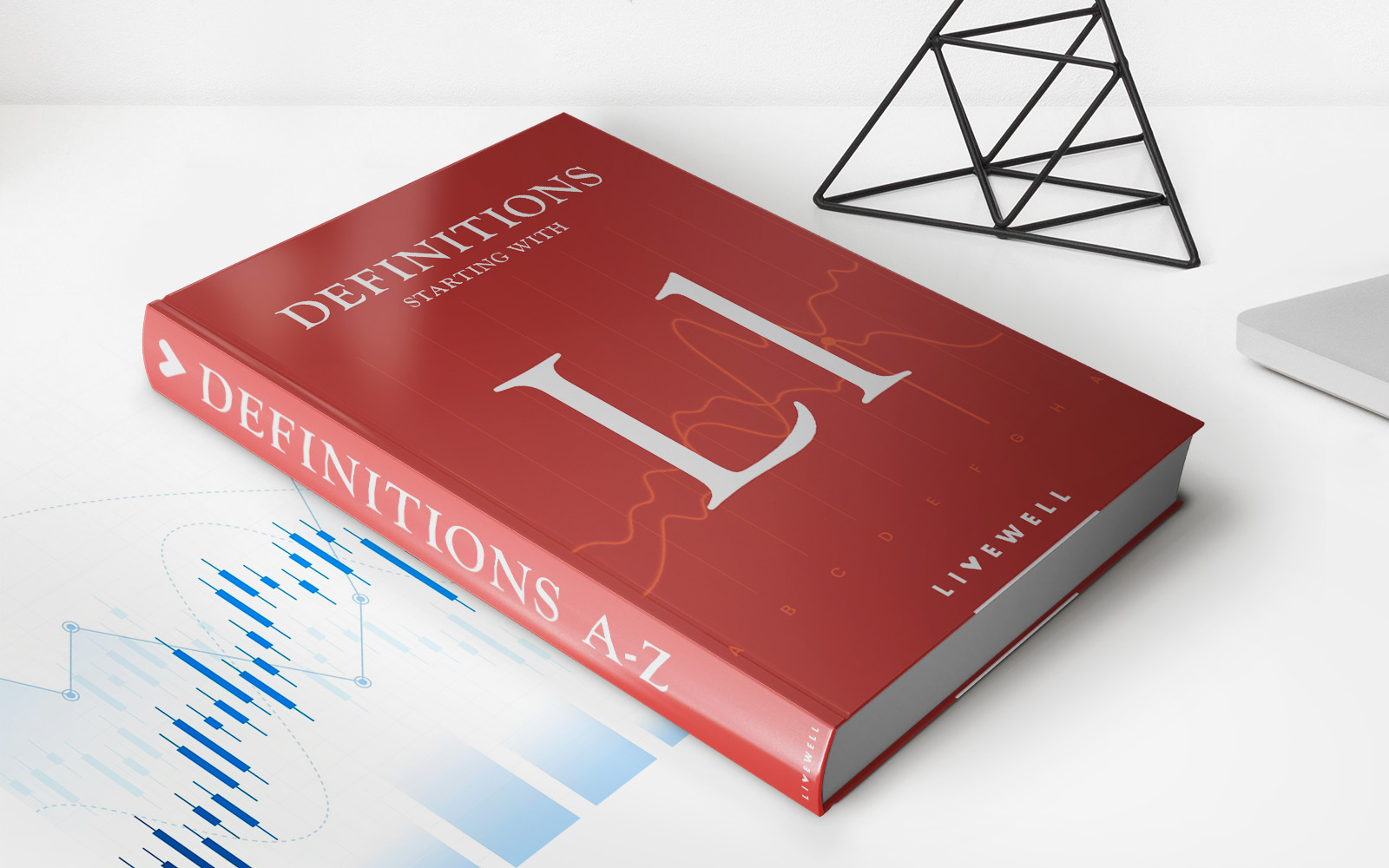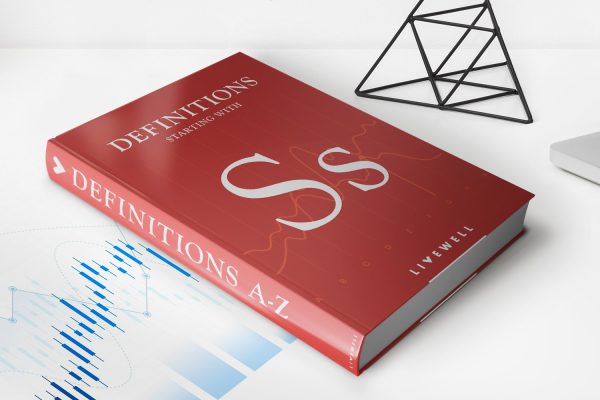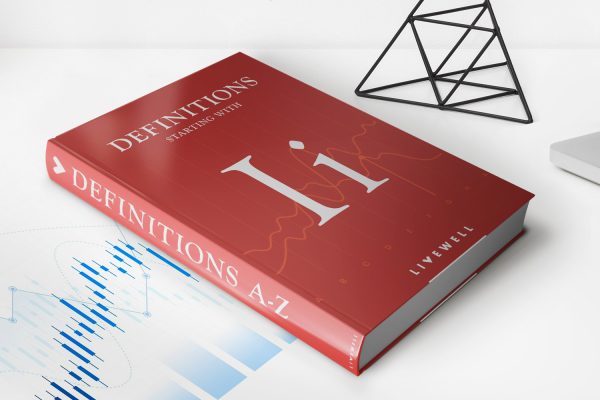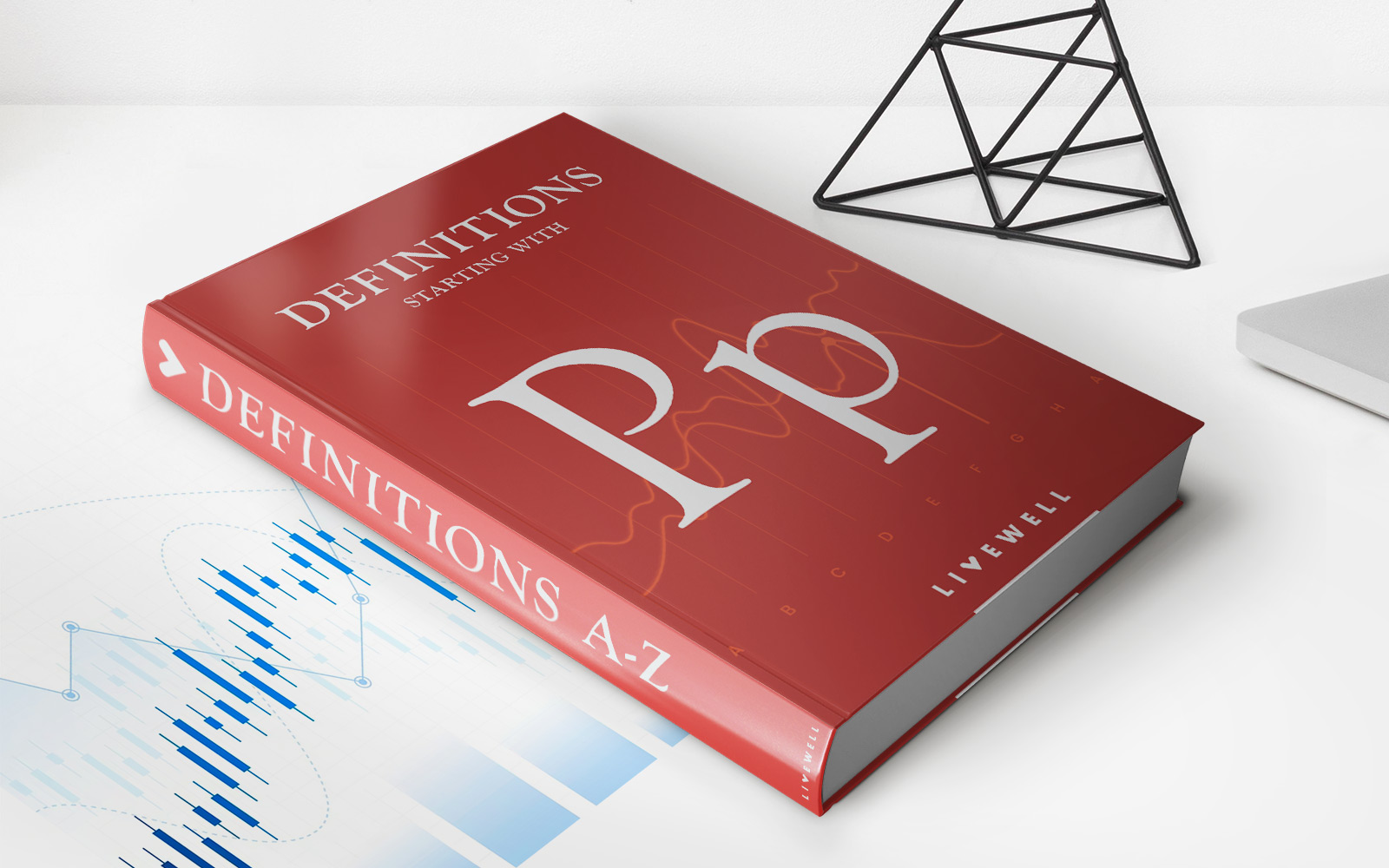Home>Finance>Deferred Long-Term Liability Charges Definition
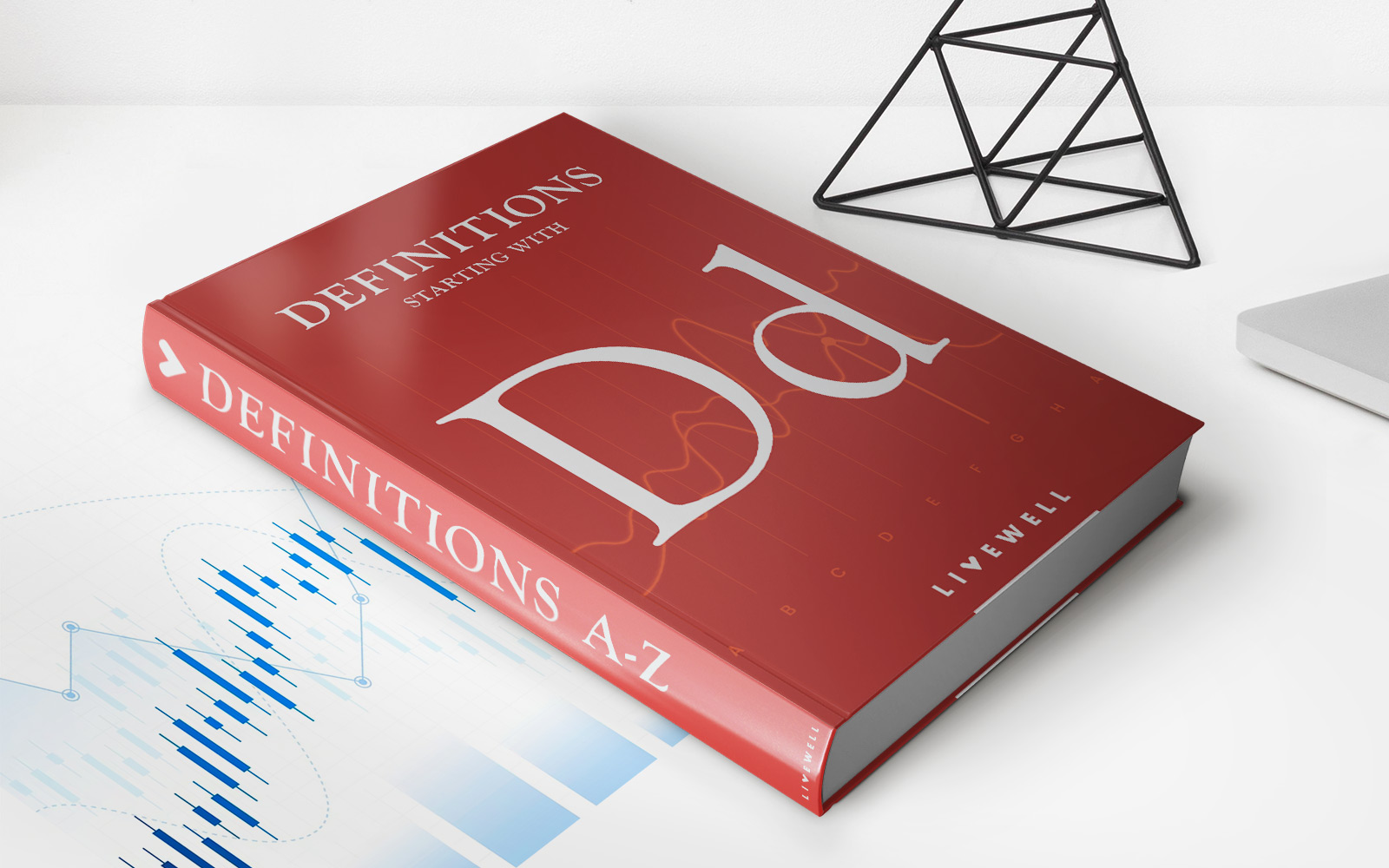

Finance
Deferred Long-Term Liability Charges Definition
Published: November 9, 2023
Learn the definition of deferred long-term liability charges in finance. Understand how these charges affect a company's financial statements and long-term obligations.
(Many of the links in this article redirect to a specific reviewed product. Your purchase of these products through affiliate links helps to generate commission for LiveWell, at no extra cost. Learn more)
Understanding Deferred Long-Term Liability Charges
When it comes to managing your finances, it’s essential to have a clear understanding of various accounting terms and concepts. One such concept is deferred long-term liability charges. While it may sound complicated, this blog post aims to simplify this term, providing you with a comprehensive understanding of what it entails and how it can impact your financial statements.
Key Takeaways:
- Deferred long-term liability charges refer to expenses that have been postponed and will be incurred over an extended period.
- These charges are recorded as liabilities on a company’s balance sheet and are expected to be paid in the future.
So, what exactly does deferred long-term liability charges mean? Let’s break it down. When a business incurs an expense that covers multiple accounting periods, it may choose to defer recognizing the full expense all at once. Instead, the company will spread the cost over the periods benefiting from the expense. This practice is commonly employed for expenses such as insurance premiums, prepaid rent, or warranty obligations.
Deferred long-term liability charges are recorded on the balance sheet as a liability because the company owes an obligation to pay these expenses in the future. These charges are typically classified under long-term liabilities, indicating that they will not be settled within the current accounting year. By recognizing these expenses over multiple periods, businesses can present a more accurate representation of their financial performance and obligations.
It’s important to note that deferred long-term liability charges differ from current liabilities – which are short-term obligations expected to be settled within one year. Deferred charges, on the other hand, extend beyond the current accounting year and may span several years.
When it comes to financial reporting, transparency is crucial. By including deferred long-term liability charges on the balance sheet, businesses provide stakeholders with a clearer picture of their long-term financial obligations. This information can be especially important for investors, creditors, and potential business partners, allowing them to assess the company’s ability to fulfill its financial commitments in the future.
Now that we’ve covered the basics of deferred long-term liability charges, let’s summarize the key takeaways:
- Deferred long-term liability charges refer to expenses that have been postponed and will be incurred over an extended period.
- These charges are recorded as liabilities on a company’s balance sheet and are expected to be paid in the future.
Understanding deferred long-term liability charges is crucial for businesses of all sizes. By recognizing and properly accounting for these charges, companies can present a more accurate representation of their financial position and meet their long-term obligations with confidence.
